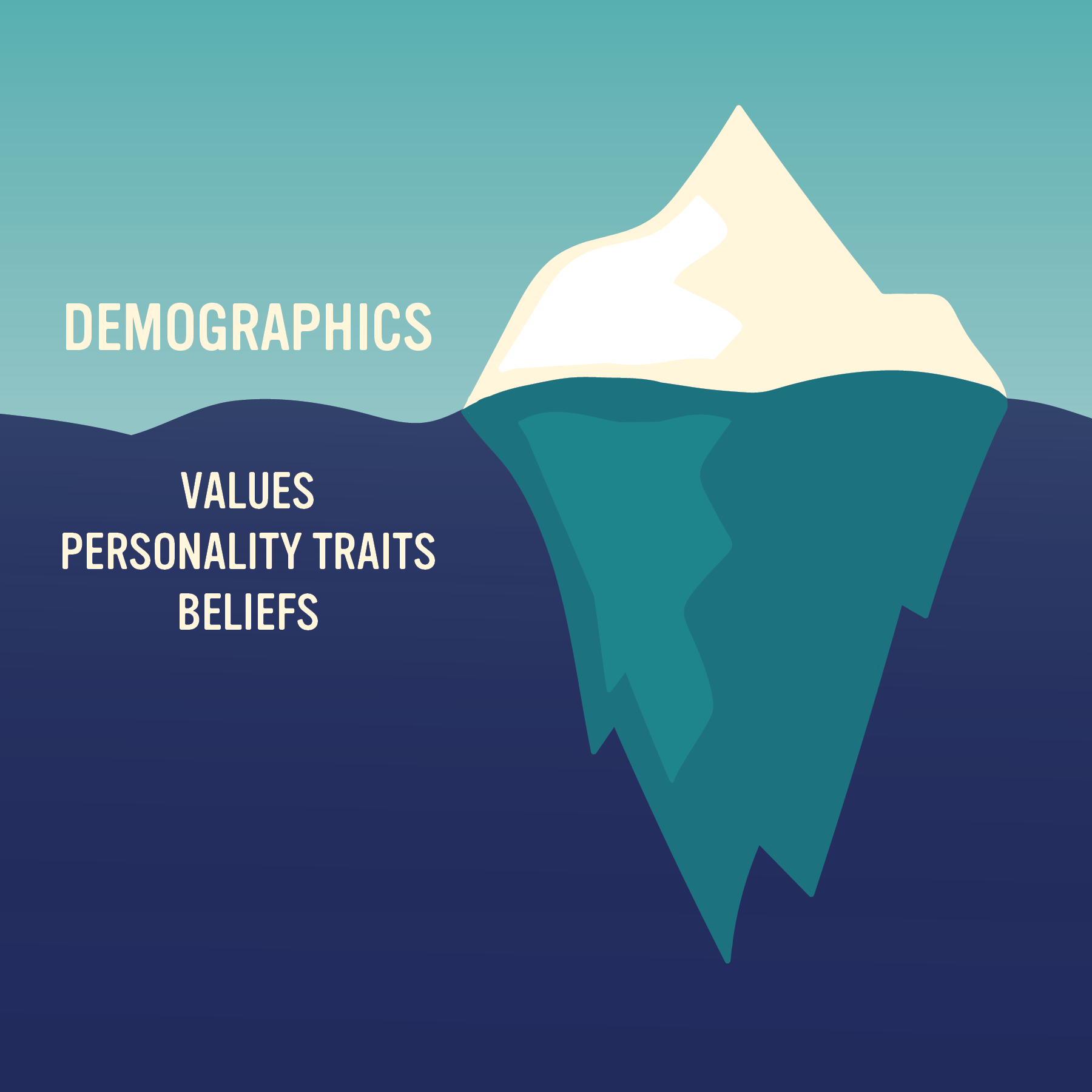Let’s Talk About Modeling
At Galvanize Action we use research-backed approaches to identify, reach, and move women who aren’t committed to either party to understand the issues at stake and reliably vote for progress. Knowing this, you may have guessed that when we talk about modeling we’re not referring to the magazine or runway variety. So what are we talking about?

Modeling is a data-driven strategy we use to look beyond demographics to more deeply understand voters and what impacts their voting behavior. It pairs known data from things like voter files and polls with information from other sources, like surveys and digital platform use, to categorize people based on their values, personality traits, and beliefs. These categories, or profiles, allow us to identify which voters it makes the most sense for us to focus our time, energy, and resources on. We’re not trying to convince people to change their core beliefs. Rather, we’re identifying women who want progress on things like access to healthcare and climate change so that we can support them to vote for candidates most likely to advance that progress.
Voters who look the same don’t all think the same. Once we know which voters to focus on, we’re interested in how they think, what matters to them, and how that impacts their vote. Modeling helps us with that too. The women we’ve identified as the most reachable in key battleground states are living in rural, small-town, and suburban communities. The data tells us they place a high value on:
- In-group care: a desire to protect the people they are closest to and others who are similar
- Emotionality: intense feelings and messages that appeal to strong emotions
- Nostalgia: positive memories associated with the past
Our strategies for connecting with the women we’re trying to reach are developed by taking this into account. For example, we use this information in our deep canvassing program. Deep canvassing is an investment in conversations that open hearts and minds. It is one of the most effective and durable forms of political persuasion because it engages the voter to persuade themselves. When that strategy is infused with an understanding of the person’s values based on modeling, it becomes even more impactful as it allows us to more meaningfully connect with the voter.
In these extremely polarized times, it’s critical that we find the most effective way to reach, engage, and empower women to strengthen our democracy. Throughout 2021 we’ve been doing the critical legwork of refining our modeling to develop values-based messaging and tailored programming. Moving forward, we will put our learnings into practice and share our knowledge with the field to enhance women’s impact in 2022 and beyond.





